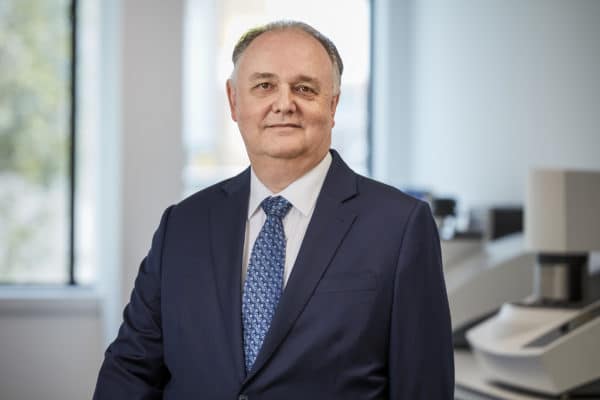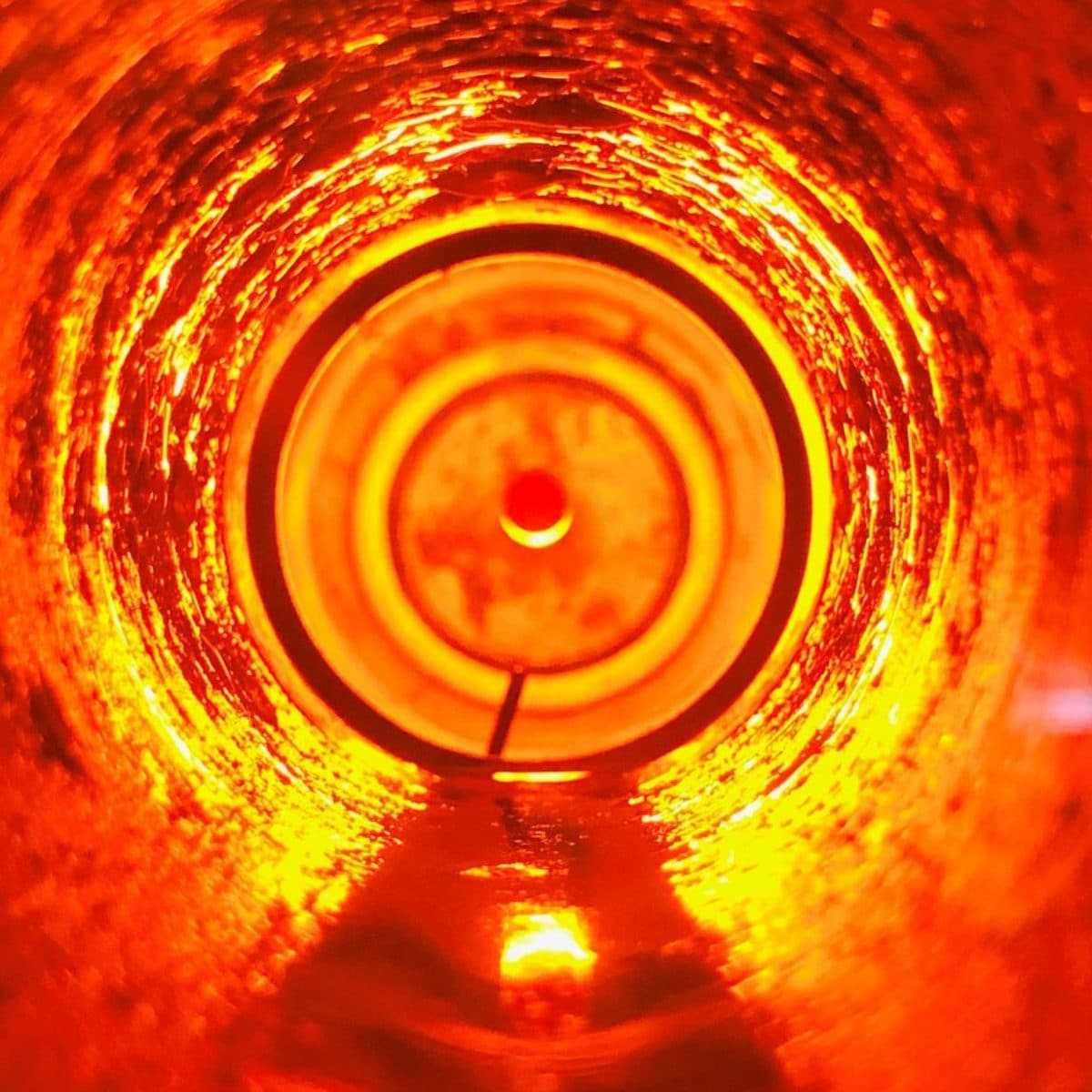On Friday, Australia’s Star Scientific won the the S&P Global Platts Emerging Technology of the Year Award for its Hydrogen Energy Release Optimiser (HERO), which can turn coal-fired electricity plants green, cleanly desalinate water in a trice, drive industrial processes that need high heat using renewable hydrogen and provide emissions-free warmth for whole districts in cold climes — hero indeed!
Aside from winning a Global Energy Award, Star Scientific has experienced 2020 as a pivotal year for its technology and the interest it has garnered from global governments.
“I’ve spoken to so many energy ministers this year, it’s remarkable,” Star Scientific Global Group Chairman, Andrew Horvath tells pv magazine Australia. “The Norwegians have been all over us” — on Zoom. And Northern Europe has been knocking down the virtual door because “They’re desperate to get off Russian gas,” he says.
The technology is somewhat of an accidental hero, having been born out of an observed aberration in the company’s hydrogen research: “We kept seeing this weird artefact,” says Horvath, who put a scientist “and every instrument we had on it”, to observe and isolate the occurrence.
“Originally, we thought, ‘Someone else will have seen this’, but a trawl of scientific papers drew a blank, and patent attorneys then also failed to find evidence of previous discovery.
That was three years ago. Now Star Scientific has HERO, a coating, a substance that is distributed across a substrate, such as ceramic or certain metals, and “when it comes into contact with hydrogen and oxygen, it goes from zero to over 700 degrees Celsius in three minutes,” says Horvath.
“Because it’s not burning, it’s a reaction, all that energy is excitement energy and it goes straight through the substrate. So our energy transfer is above 90% into whatever you’re transferring it to, whether it’s water, CO2, whatever medium.”

Image: Star Scientific
Could it be this simple?
Horvath maintains that HERO and hydrogen can be used instead of coal, to heat steam to generate electricity in existing power stations, right there where they sit, at the centre of grid transmission lines. Spinning reserve where it used to live. No need to retire Eraring, or to run it on coal until it dies — just flip it.
“Eraring would use between 170 and 200 tonnes a day of hydrogen. That’s not insignificant,” says Horvath who holds an imaginary door open for the hydrogen producers who would be attracted by such a proposition.
The true power of the green-caped HERO is as a demand activator.
“While it is important to talk about how we produce hydrogen, it’s also important to talk about how we use hydrogen. HERO allows us to think about how we can use hydrogen, which in turn will stimulate demand for more production,” Dr Fiona Simon, CEO of the Australian Hydrogen Council tells pv magazine Australia.
In the same vein, Simon says that it’s “very significant for an Australian company to be recognised for its innovative hydrogen technology.”
Hydrogen is gaining global momentum, she explains, and it’s important that Australia “signal to the world that we are equipped with the skills and technology to scale up our hydrogen industry”.
The future looks … distributed, but in a different way
Breathing green life into old coal-fired power stations is a mere interim measure as far as Star Scientific is concerned.
The company’s scientists have been invited to join the US Department of Energy (DOE) Supercritical Transformational Electric Power (STEP) program as part of its technical panel.
The program’s aim has been to build and test a 10 MW pilot scale facility using an indirect-fired CO2 power cycle.
“We’ve said to them, ‘We can build a heat exchanger that can power this thing and make it zero emissions.’ It’s going to be the most popular turbine on the planet,” says Horvath.
GE and Lockheed Martin have done the heavy lifting with the CO2 supercritical turbine, reveals Horvath, and the future will see it deployed in 50 or 100 MW energy nodes, positioned where manufacturing, industry, mining, and so on needs power; while solar and wind work wherever they are best located, driving electrolysers to churn out the hydrogen, and HERO just lies back on its substrate — a hot property.
The cost of hydrogen is the cost of finance
Part of qualifying for the S&P Global Platts Global Energy Award is being able to demonstrate a plan to commercialisation.
In the spirit of rearranging the energy chess board so that each piece is in its element, Star Scientific has already established a test and R&D facility in an 8,500 square metre plant in Berkeley Vale on the New South Wales Central Coast, and is looking for a site nearby to house its first manufacturing plant, because it found that the Central Coast is where scientific and engineering talent, put off by Sydney housing prices, has migrated.
The company expects to be in pre-production by mid-July.
Leaving nothing to chance, Star Scientific is concurrently building a global supply chain to feed HERO, via its own dedicated finance arm in Switzerland, called Planet Power Finance (PPF),
With HERO as the demand actuator that will use “millions of tonnes” of hydrogen, PPF is investing in deep offshore wind to generate electrons, and is poised to acquire 25% in a company that has developed unique electrolyser technology which Horvath says is “well over 85% efficient”.
On Friday Star Scientific also signed an agreement with a company that drills shafts into the earth and lines them with titanium to safely store hundreds of tonnes of hydrogen per cavity. “The only thing above the ground is a valve”, says Horvath.
“We’re developing a complete, vertically integrated solution,” he says, and “because it’s funded right, the cost of the hydrogen is the cost of the interest rate you’re paying.”
The gas industry, says Horvath “loves to push the line that hydrogen is $3 or $4 a kilo”. He argues that if you own the solar or wind farm those electrons are free, “It’s only the financial cost you’re paying to roll the farm out.”
Emerging phoenix-like from the pandemic
Martin Fraenkel, President of S&P Global Platts said on presentation of the Emerging Technology of the Year Award, “We congratulate Star Scientific for its win … In a year that was so tumultuous, it was particularly impressive and heartening to see how this year’s group of winners reorganised around obstacles, forged ahead on ground-breaking technology, completed transformative deals and maintained focus on long-term energy sustainability.”
At the same time that the emissions-reduction efforts of Australia’s Prime Minister were deemed insufficient to gain him the right to speak at the UN Climate Change Summit on the weekend, Horvath has a seat at the virtual table with leaders all over the globe.
In Arizona he has had discussions with a government that’s trying to work out how to locate manufacturing in the regions, where people need jobs. He suggested incentivising suitable manufacturers to go off grid in the regions, each with their own small, smart supercritical CO2 turbine driven by HERO.
Ditto for Australian miners trying to get power to mine palladium, for revitalising the Latrobe Valley after the decommissioning of Hazelwood Power Station, for any number of heat-seeking, energy-hungry applications.
This content is protected by copyright and may not be reused. If you want to cooperate with us and would like to reuse some of our content, please contact: editors@pv-magazine.com.









Someone should check the maths here:
Eraring power station consumes around 7 million tonnes of coal per year – that’s 19 000 tonnes of coal per day. Assuming switching to hydrogen doesn’t change the heat rate, that’s about 2 700 tonnes of hydrogen per day, some 10 times more than Horvath quotes – even less “insignificant”. You need at least 1 Mtonne hydrogen per annum to run Eraring – more if you run the plant at capacity (and why wouldn’t you?).
Bad maths doesn’t inspire confidence, but then this company, and indeed its founder, have made some strong claims before:
https://www.ialtenergy.com/star-scientific.html
https://www.skeptics.com.au/wp-content/uploads/magazine/The%20Skeptic%20Volume%203%20(1983)%20No%204.pdf
Awesome links there “Concerned”! i was especially interested to read about the hydrogen-powered car that Joh was so taken with.
I am struggling with the economics as well as the maths. The proposition for a converted Eraring, say, is that:
1. We generate electricity from zero emission sources (wind, solar, say…)
2. We use the electricity to carry out electrolysis on water, creating streams of hydrogen and oxygen
2a. we transport the hydrogen (tricky stuff) and oxygen to Eraring? unless the electrolysis happens on site i guess, in which case we just need to transport the electricity
3. we use the hydrogen, oxygen and HERO coating to rapidly heat water for steam
4. the steam boiler drives a turbine to make electricity!
…which was the output of stage 1…
Am i missing something?